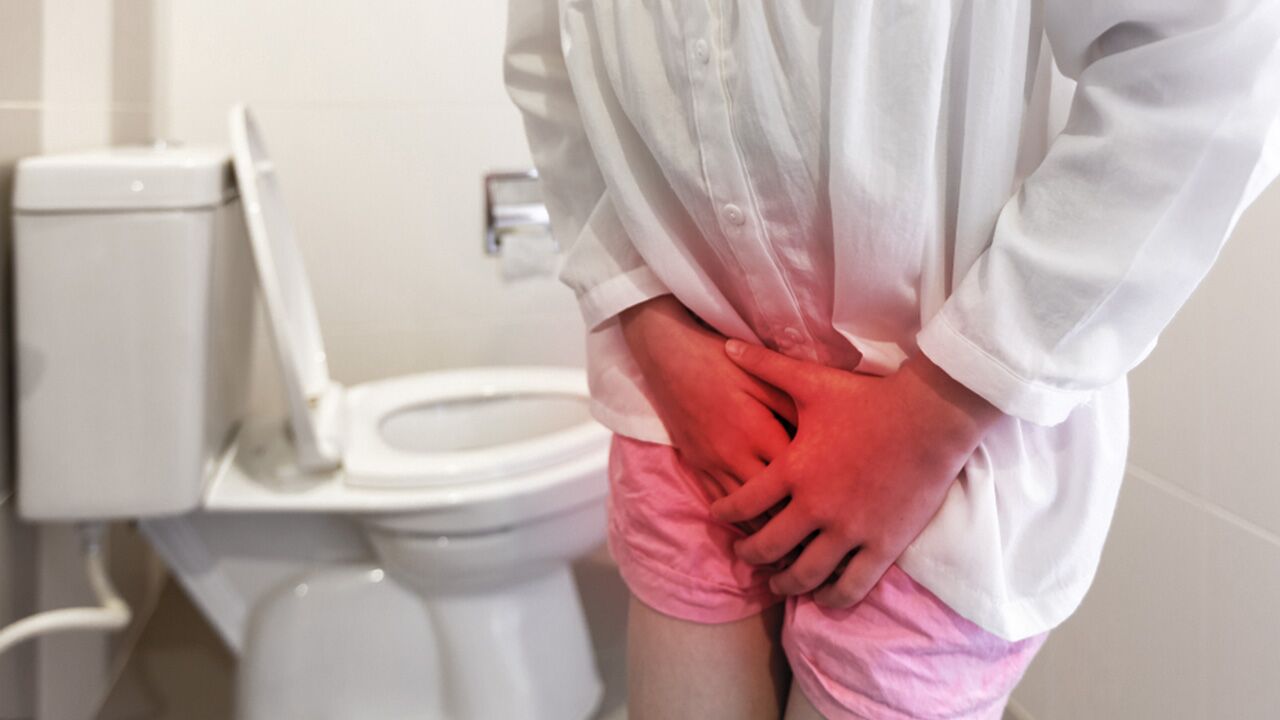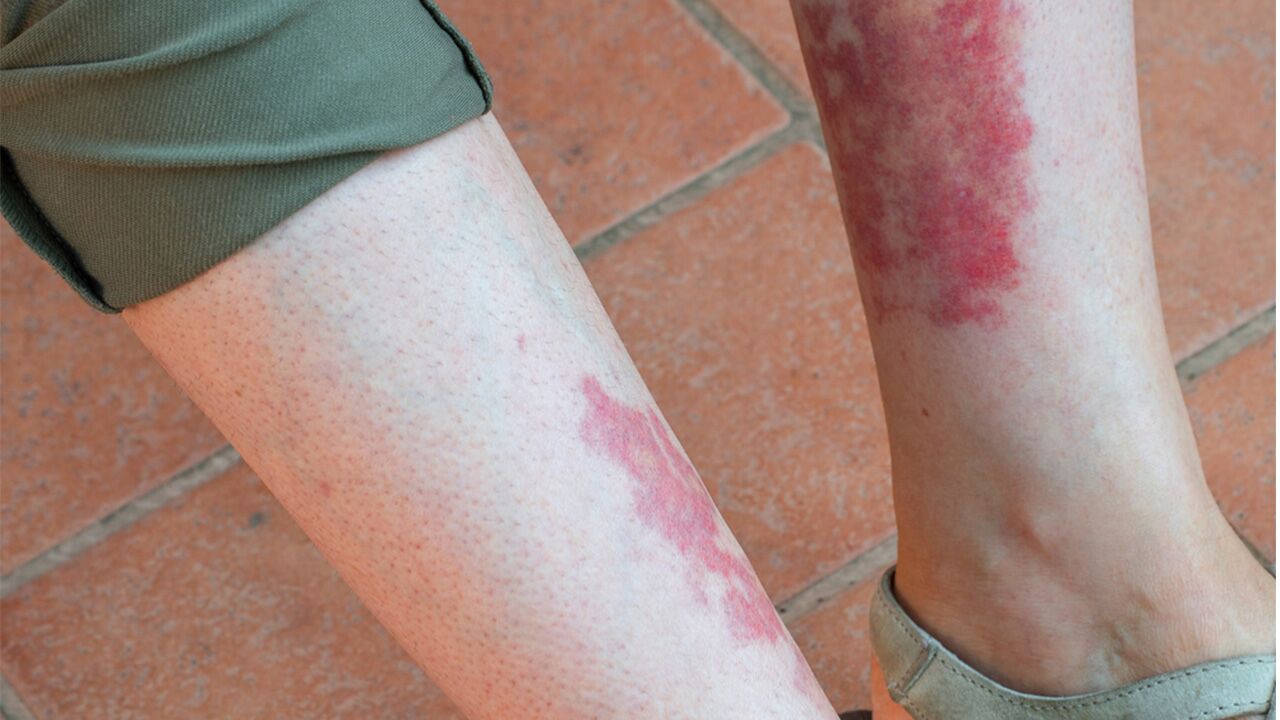Chlamydia: Causes, Signs and Treatment of This Common STI
 By: by Amino Science
By: by Amino Science

Chlamydia is a bacterial infection that is transmitted through sexual contact, mainly vaginal and anal sex. An extremely common sexually transmitted infection (STI) in the United States, second only to HPV, chlamydia is easily spread since many people who contract the infection show no symptoms, such as abnormal vaginal discharge. Unsuspecting, they continue to have sex, spreading the bacteria to others. Chlamydia is treatable and responds to antibiotics, but if left untreated, a chlamydia infection may lead to serious health concerns.
Chlamydia Causes
Chlamydia is a sexually transmitted disease caused by a bacteria named chlamydia trachomatis. This bacteria enters the body through soft, moist tissues including the:
- Urethra
- Vagina
- Cervix
- Endometrium
- Fallopian tubes
- Anus and rectum
- Lining of eyelids
- Throat (not common)
The infection spreads through sexual contact with an infected partner. It is usually transmitted through vaginal and anal sex. While it can be passed through oral sex, this is less common.
Risk factors for chlamydia include:
- Young women under 25 who are sexually active
- Having multiple sex partners
- Not using a condom
- A history of STIs
Chlamydia Symptoms
Many women with chlamydia do not have symptoms and, according to the American Sexual Health Association, about 50% of men do not experience any symptoms of chlamydia. When signs of chlamydia are present, they usually begin about one to three weeks post infection. Symptoms of chlamydia may manifest differently in men and women. Common symptoms that both men and women may experience include:
- Inflamed rectum
- Inflamed urethra
- Inflamed eyelid (conjunctivitis)
When women do experience symptoms, they often include:
- Vaginal discharge with an odor
- Burning during urination
- Lower back pain
- Lower abdominal pain
- Painful intercourse
- Bleeding between periods
- Nausea
- Fever
When men experience symptoms of chlamydia, they often include:
- Discharge from the penis that may appear as pus, watery or milky
- Burning or pain during urination
- Pain or swelling of the testicles
The symptoms of chlamydia are very similar to the symptoms of other sexually transmitted infections, specifically gonorrhea. If any unusual symptoms are present, it is important to see a doctor for a full STI screening to ensure the infection is diagnosed correctly and treated in a timely manner.

Chlamydia Complications
If you are sexually active, it is important to get routine screening for STIs like chlamydia. Since chlamydia often has no symptoms, many people assume they are okay when in fact they have contracted the infection. According to the Centers for Disease Control and Prevention (CDC), chlamydia can lead to serious health problems for men and women if left untreated.
Complications for women with untreated chlamydia may include:
- Pelvic Inflammatory Disease (PID), an infection of the reproductive organs that causes pelvic pain and fever
- Infertility
- Fallopian tube infection
- Permanent damage to the reproductive system, including the fallopian tubes, uterus, and surrounding tissues
- Reactive arthritis, affecting joints, eyes, and urethra
Additional complications for men with untreated chlamydia may include:
- Nongonococcal urethritis (NGU), an infection of the urethra
- Epididymitis, infection of the coiled tube next to each testicle
Chlamydia and Pregnancy
Pregnant women can pass chlamydia to their baby during childbirth, which can cause complications such as an eye infection or pneumonia in the newborn. If you are pregnant with an untreated chlamydia infection, you run the risk of having an ectopic pregnancy or premature delivery. For the reason, the CDC recommends getting tested for chlamydia on your first prenatal visit.
Diagnosing Chlamydia
Chlamydia is easily diagnosed with a urine test or swab sample taken during a routine Pap exam. Your gynecologist will take a swab of the vaginal discharge from your cervix for culture or antigen testing. Collecting a swab sample from men involves inserting a slim swab into the end of the penis or in some cases swabbing the anus.
How to Treat Chlamydia
Fortunately, chlamydia is easily treatable with antibiotics. It is important to follow all the instructions given by your health care provider to ensure that the infection is fully cleared from the body. Antibiotics are typically given as a one-time dose or a 5-10 day prescription.
The American Sexual Health Association recommends taking the following steps to ensure the infection gets fully treated:
- Finish all medications, taking them as directed.
- Tell your sexual partners about your infection so they may also be tested and treated.
- Do not have sex again until you and your partners have all been treated.
- If symptoms persist post-treatment, get tested again.
- Women should get re-tested 3 to 4 months post-treatment due to a high rate of reinfection.
- To avoid contracting chlamydia, use latex condoms.
- Don't douche! Doing so reduces the good bacteria in your vagina, leaving you vulnerable to infection.
- To help promote overall wellness and give a boost to your immune system, supplement with essential amino acids.

Up to 25% off Amino
Shop NowTAGS: conditions
Join the Community
Comments (0)
Most Craveable Recipes




 833-264-6620
833-264-6620



















